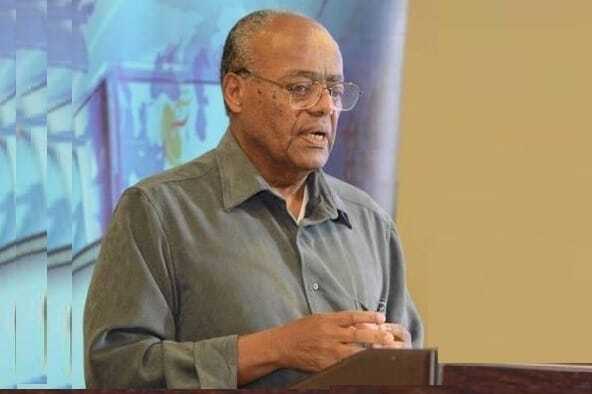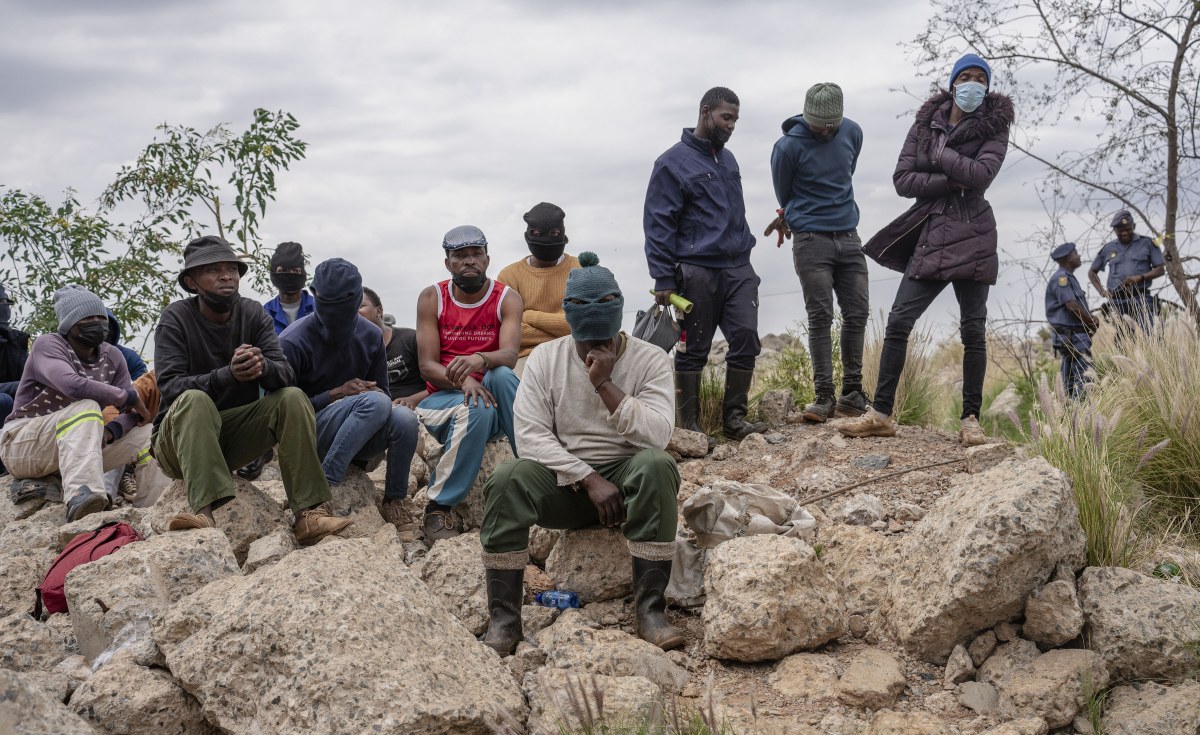Solar powered public lights are better than high-mast lights, collaborative Cape Town project suggests
Solar-powered lights fixed onto the outside of shacks in informal settlements may be a better option than high-mast lights, a project in Khayelitsha, Cape Town, has shown.
As part of their PhD project, Yael Borofsky and Stephanie Briers from ETH Zurich university in Switzerland collaborated with the leadership and residents of PJS informal settlement, the Social Justice Coalition, local lighting engineer Keyaam Du Toit, the ward councillor, and the City of Cape Town, to install solar lights. Their research on residents’ experience of life at night suggested that high-mast lights cast strong shadows that make it difficult to see in narrow paths at night. Residents said that night time was associated with increasing fear of crime. High-mast lights were frequently broken, often after loadshedding.
PJS residents were hired and trained to test solar public lights and to compare them with high-mast lighting. By the end of the project, in 2021, each of the 768 households in PJS had been offered a free solar public light to be mounted on the front of their house.
The research team learned that paths with solar public lights were at least six times brighter than paths that only relied on high-mast lights. In addition, residents who received a light in the first phase felt safer, especially at night. Almost all residents really liked the new lights, especially that they lit the neighbourhood during loadshedding.
The students also trained six PJS residents to manage service requests and work with Du Toit to maintain the lights, demonstrating that community management of public lighting infrastructure is possible and probably makes reporting service issues easier since residents can conveniently report to a neighbour they know and trust. To learn more about the project check out a short video here and links to the researchers’ PhD dissertations are here and here.
Inspired by these results, some civil society initiatives have started to trial solar public lighting solutions in other informal settlements in Khayelitsha, with an emphasis on improving community-based maintenance and management systems. Work is being done on a prototype light designed to suit the needs of informal settlements–for example, by adding an easily replaceable battery to extend the life of each light. The projects are also building systems for community ownership and participation.
On this basis, a solar public lighting “community of practice” has been established to co-operate on troubleshooting, scaling, technical design, and advocacy. The hope is to build critical momentum to support the widespread use of solar public lights by city authorities in place of (or alongside) high-mast lighting in informal settlements.
With 24% of South Africa’s urban population living in informal settlements (UN-HABITAT, 2020), providing adequate infrastructure services like water, sanitation, and electricity is an urgent government challenge. Despite significant spending and infrastructure roll out, serious shortfalls remain. Meanwhile, nationwide loadshedding not only interrupts life at home, but also public lighting for hours at a time. As a result, dire conditions in informal settlements persist, particularly after dark.
The number of informal settlements skyrocketed during the Covid pandemic as housing demand further outstripped supply. The haphazard layout and complexity of these settlements present technical, social, and political challenges for public service provision. The infrastructure services that are provided in informal settlements often fall into a state of disrepair due to theft, vandalism and limited maintenance capacity, despite significant government expenditure on maintenance and management.
State-led service provision often proceeds without meaningful consultation and planning with residents of informal settlements and is frequently a quick-fix reaction to protests by frustrated communities. Poor communication channels exacerbate already strained relationships, and limited (if any) institutions are built for active community input. The Expanded Public Works Programme (EPWP) workers who are employed to maintain and manage services are often ill-equipped to do so beyond very cursory oversight and fault reporting, with no pathways for upskilling. Combined, these factors create a vicious cycle of poor services, conflict and expenditure that does not provide systemic and sustainable solutions. It is no surprise when the result is a breakdown of the social compact between residents and the state.
Informal settlements will undoubtedly be part of the South African landscape for the foreseeable future, so we need to look at better and more sustainable ways of providing services. First, the state must meaningfully include residents in the planning, design, installation, and management of services. As the solar lighting project demonstrates, careful thought must also be given to technology choices that make sense in informal contexts — adaptability and simplicity matter and a wealth of prototypes, information and resources exist, locally and internationally. The state should be receptive to such models and draw on expertise from academia, engineers, industry, civil society and residents of informal settlements. The “one-size-fits-all” service provision approach may be easier for supply-chain management and clean audits and quicker to roll out, but it is too rigid to deal with the nuances of informality.
Those most vulnerable to the persistent loadshedding of today are living in informal settlements where lighting and visibility at night have a direct bearing on access to taps and toilets, especially for women and children. Back-of-the-envelope calculations by Borofsky for her dissertation in 2021 suggested that the solar public lights installed in PJS cost about 1,100 ZAR ($70 USD at the time) per home, including installation and maintenance throughout the project.
So far solar public lights have been provided to individual structures only, but future projects will consider public space lighting for toilets and other critical spaces. The City of Cape Town has also been actively exploring options for informal settlements, in collaboration with the Alternative Service Delivery Unit (ASDU).
Solar public lighting is a way to provide infrastructure to informal settlements with simple technology and through a collaborative process. This approach brings city authorities, communities, and civil society together and could be replicated for other types of infrastructure and service provision.
Such a hybrid infrastructure model will not only lead to cost savings, but longevity and greater care for services. The underutilised EPWP programme provides an existing funding mechanism to support this process. Millions of informal settlement residents could gain better, effective public service, while all the state would lose would be an outdated, re-active and unsustainable model of infrastructure provision.
Noah Schermbrucker is Programme Co-ordinator at Peoples Environmental Planning. This article was written on behalf of the “Light Up” Community of Practice. Find out more about “Light Up” here.
Views expressed are not necessarily those of GroundUp.










